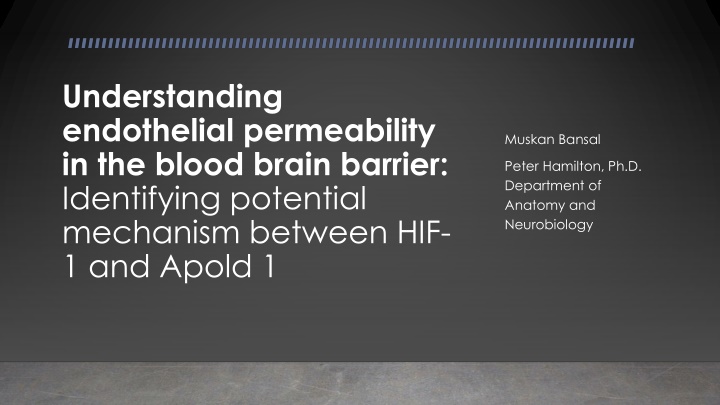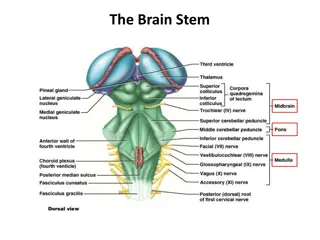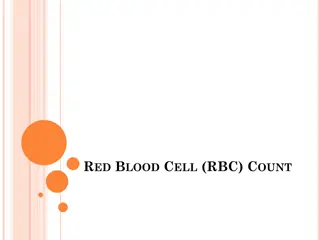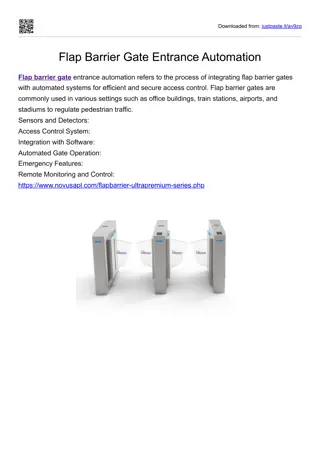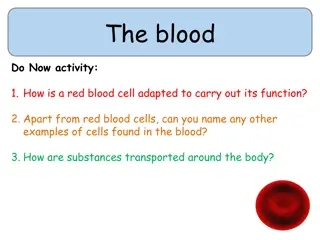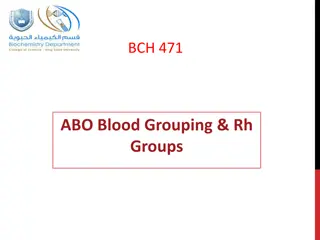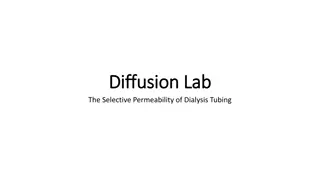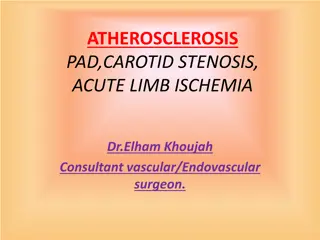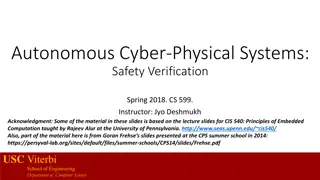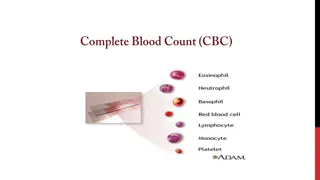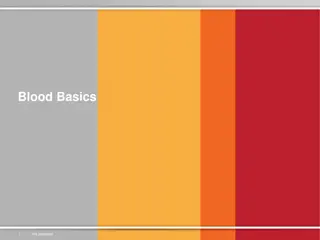Investigating HIF-1 and Apold-1 in Endothelial Permeability at the Blood-Brain Barrier
Understanding endothelial permeability at the blood-brain barrier is crucial for drug delivery to the brain. This research aims to identify a potential mechanism between HIF-1 and Apold-1 specific to cerebral epithelial cells that may impact the integrity of the blood-brain barrier. The study involves overexpressing HIF-1 in endothelial cells with and without the Apold-1 gene, exploring gene upregulation that could affect barrier permeability, and using CRISPR-Cas9 for precise genetic manipulation. The findings could provide insights into novel strategies for drug delivery across the blood-brain barrier.
Download Presentation

Please find below an Image/Link to download the presentation.
The content on the website is provided AS IS for your information and personal use only. It may not be sold, licensed, or shared on other websites without obtaining consent from the author.If you encounter any issues during the download, it is possible that the publisher has removed the file from their server.
You are allowed to download the files provided on this website for personal or commercial use, subject to the condition that they are used lawfully. All files are the property of their respective owners.
The content on the website is provided AS IS for your information and personal use only. It may not be sold, licensed, or shared on other websites without obtaining consent from the author.
E N D
Presentation Transcript
Understanding endothelial permeability in the blood brain barrier: Identifying potential mechanism between HIF- 1 and Apold 1 Muskan Bansal Peter Hamilton, Ph.D. Department of Anatomy and Neurobiology
Targeting Blood Brain Barrier to Introduce Drugs to the Brain
Barrier Disrupter:Hypoxia 0.117 0.00166
What Genes Upregulated Can cause Brain Barrier Permeability?
Research Goal Identify if there exists a potential mechanism between HIF and Apold 1 specific to cerebral epithelial cells that may impact the blood brain barrier
Research Design Overexpress HIF-1in endothelial cells with and without the Apold 1gene Conditions: What do we have: Primary endothelial mouse cells HA tagged- HIF1-alpha- pcDNA 3 (Add Gene) PCR Primers (BioRad)- Apold 1, Fos, VegF Anti-Apold Antibody (Abcam) What do we need: In-vitro Hypoxic (1% Oxygen) Apold 1 KO Cells
Using CRISPR Cas 9 What is this technique?
Overexpressing Hif-1:Cell Imaging and Rt-PCR Measurement
Potential Results Loss of Apold 1 should disrupt the cerebral ECs cell and an overexpression of AVV-HIF-1- should result in quicker cell death if Apold 1 plays a role in regulating cellular response to cope with reduced oxygen levels. RT-PCR could tell us expression of other genes found in brain endothelial cells. Bring us closer to understanding non-invasive mechanisms of opening the blood brain barrier
